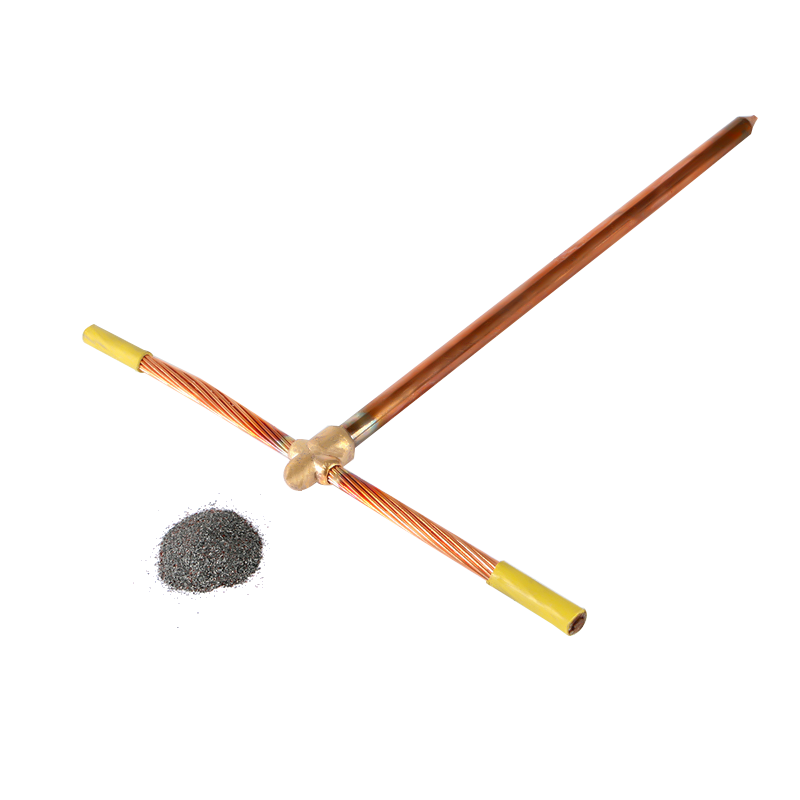
The Using of Exothermic Welding Powder
Using exothermic welding powder to create electrical connections is a safe and efficient method. The process involves a chemical reaction that results in a high heat and produces a molecular bond between two metals. This bond is strong enough to resist recurrent fault currents. In addition, it is resistant to corrosion. This is an extremely cost effective way of creating electrical connections. It is especially useful when joining dissimilar metals or connecting copper or steel cable unions.
The process uses a combination of powdered copper oxide and aluminium to form an aluminothermic reaction. This produces a liquid filler metal, which mixes with the melted metal of the parts being welded. This creates a solid and permanent electrical connection. It also increases the mechanical strength of the connection. The connections produced by this process are highly conductive and do not weaken the conductivity of copper wiring.
This process is widely used in the field. However, it is important to follow safety guidelines when using it. The equipment used is different from typical arc welding setups. For example, it may require special high-temperature gloves. It is also recommended that the welding powder mixture is kept dry to prevent hydrogen pickup.
The process of exothermic welding is commonly used in joining electrical conductors and ground rods. It is usually started after the parts are fitted together in a mold. This mould is typically made of graphite, but other materials may be used. The mold is then cleaned after the weld joint is complete.
There are various types of molding kits available for joining a variety of grounding connections. The molds are available in different sizes for different kinds of joints. Each type has a specific set of requirements. This is important because a failed solder joint can affect the integrity of the grounding circuit.
The first step is to spread a layer of the starting powder on the top of the mould. This will help the reaction to get going. Generally, the starting powder will take about three to four seconds to complete. The powder should then be ignited using a flint/spark igniter. The spark should then be placed on the mouth of the mould. The mould is then cleaned to remove the slag.
Next, a steel disc is placed in the base of the crucible. The crucible is then placed in the graphite mould. The steel disc is surrounded by a sleeve that has space between the edges. A large wall pipe-like sleeve is then positioned over the connection. The exothermic reaction is then initiated. The large wall pipe-like sleeve acts as a vortex, directing the heat and exothermic reaction throughout the sleeve. The heat from the reaction is then transferred to the surrounding part of the sleeve, resulting in a molten superheated copper alloy. This is then cooled to form the fusion weld.
In addition to these basic materials, there are additional tools and accessories required. Some of these tools include an oxidizing agent, a separator, a hand clamp, a mould, and an igniter.


Exothermic Welding Powder Is A Simple, High-Efficiency, High-Quality Metal Joining Process That Utilizes The Chemical Reaction Heat Of A Metal Compound As A Heat Source, Through Superheated (Reduced) Molten Metal, Directly Or Indirectly Heated, In A Special Graphite Mold A Welded Joint With A Certain Shape And Size In Accordance With Engineering Requirements Is Formed In The Welding Chamber. At Present, Exothermic Welding Has Generally Replaced The Mechanical And Physical Connection Methods Between Metals In The Past. Many International Standards Recommend The Use Of Exothermic Welding Processes In Grounding Systems, Such As IEEE, IEC, NEC, ASME, Etc.

 English
English 简体中文
简体中文











